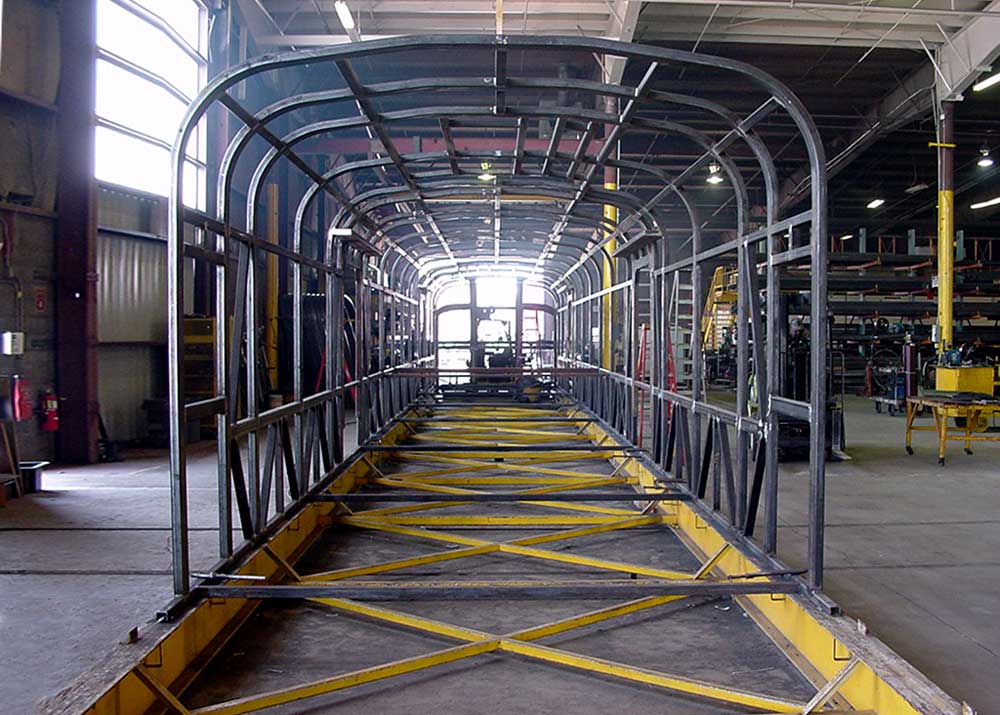Railroad, public safety & safety equipment
 The responsibility of a train company to secure public safety does not end with the installation of safety equipment and signages but, with equal measure of accountability, with the upkeep and repair of the same. Thus, in Cusi v. Philippine National Railways,[1] it was held:
The responsibility of a train company to secure public safety does not end with the installation of safety equipment and signages but, with equal measure of accountability, with the upkeep and repair of the same. Thus, in Cusi v. Philippine National Railways,[1] it was held:Jurisprudence recognizes that if warning devices are installed in railroad crossings, the travelling public has the right to rely on such warning devices to put them on their guard and take the necessary precautions before crossing the tracks. A need, therefore, exists for the railroad company to use reasonable care to keep such devices in good condition and in working order, or to give notice that they are not operating, since if such a signal is misunderstood it is a menace. Thus, it has been held that if a railroad company maintains a signaling device at a crossing to give warning of the approach of a train, the failure of the device to operate is generally held to be evidence of negligence, which maybe considered with all the circumstances of the case in determining whether the railroad company was negligent as a matter of fact. [2]The maintenance of safety equipment and warning signals at railroad crossings is equally important as their installation since poorly maintained safety warning devices court as much danger as when none was installed at all. The presence of safety warning signals at railroad crossing carries with it the presumption that they are in good working condition and that the public may depend on them for assistance. If they happen to be neglected and inoperative, the public may be misled into relying on the impression of safety they normally convey and eventually bring injury to themselves in doing so.
[1] Cusi v. Philippine National Railways, 179 Phil. 284, 294 (1979).
[2] Id. at 292, citing 74 C.J.S., 1347, 1348 and 44 Am Jur. 766, pp. 8-9.
